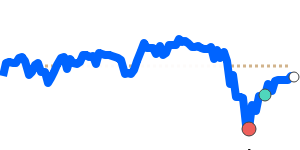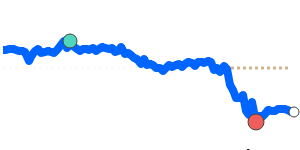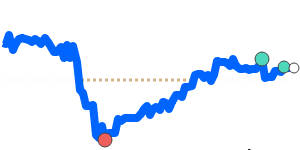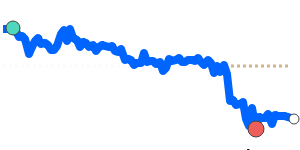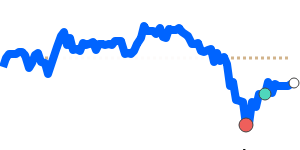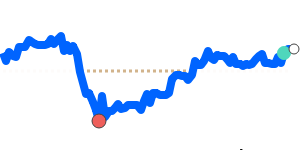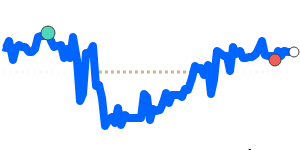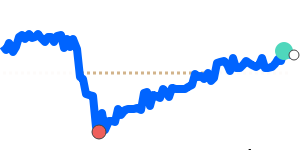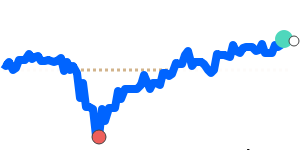The South African Rand (ZAR) shows a cautiously optimistic outlook as various economic factors come into play. Analysts from Standard Bank expect South Africa's economy to grow by 1.4% in 2026, boosted by improvements in electricity supply and logistics infrastructure. This anticipated growth is crucial for businesses and individuals involved in international transactions as it can create a more favorable economic environment.
In a significant move, Finance Minister Enoch Godongwana has set a new inflation target of 3%. This shift aims to anchor lower inflation expectations, which could influence future monetary policy decisions. The South African Reserve Bank (SARB) has already begun easing monetary policy, recently cutting the repo rate by 25 basis points to 6.75%, with the potential for further reductions if inflation remains manageable. Such measures could potentially strengthen the ZAR by making it a more attractive currency for investors.
Bank of America adds to the positive sentiment, forecasting that the ZAR could appreciate against the US Dollar (USD), possibly reaching 16.50 by the end of 2026. This projection is built on historical trends and signals indicating that the ZAR could be undervalued currently.
Recent exchange rate movements have reflected this optimism. The ZAR to USD exchange rate stands at 0.060783, which is 3.6% higher than its three-month average of 0.058688. The stability in this currency pair has been noted, having fluctuated within a 7.2% range from 0.057028 to 0.061153.
Similarly, the ZAR to Euro (EUR) is positioned at 0.052051, 3.3% above its three-month average of 0.050408, and has traded within a stable range of 6.4%, from 0.049168 to 0.052326. The ZAR to British pound (GBP) is at 0.045157, about 2.4% above its average of 0.044103, with a decent stability of 5.9% across its recent trading range.
The ZAR to Japanese yen (JPY) is also showing considerable strength at 9.5273, which is 4.8% higher than its three-month average of 9.0877. However, this pair has experienced more volatility, trading between 8.6386 and 9.5794.
Overall, the combination of domestic economic policies, a positive growth outlook, and easing monetary policy is likely to shape a more favorable landscape for the ZAR. Stakeholders in the currency market should monitor these developments closely as they strategize their transactions.
